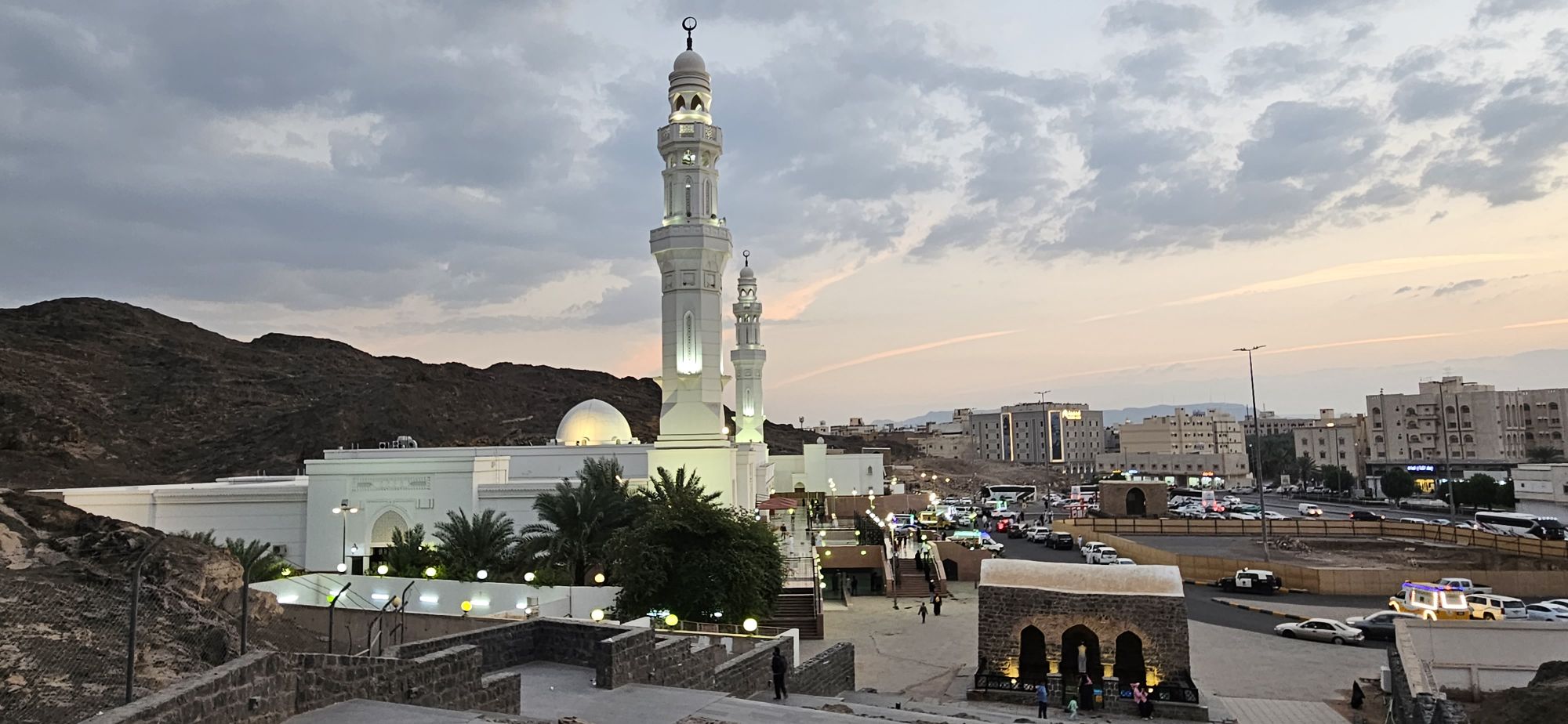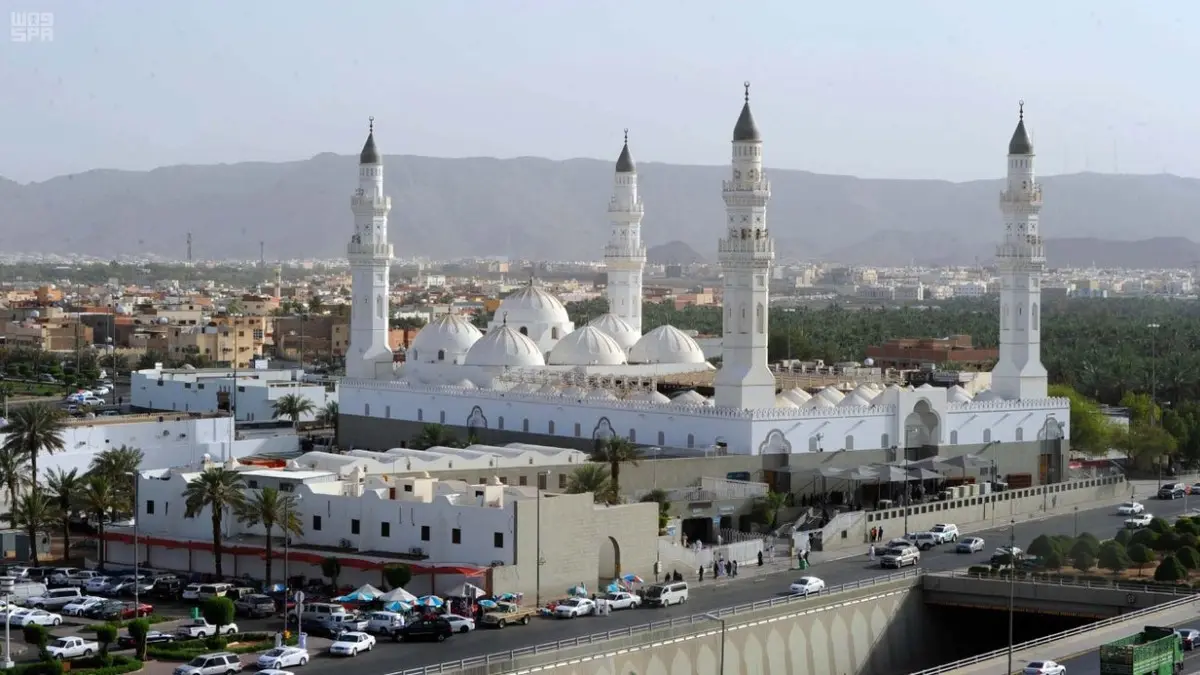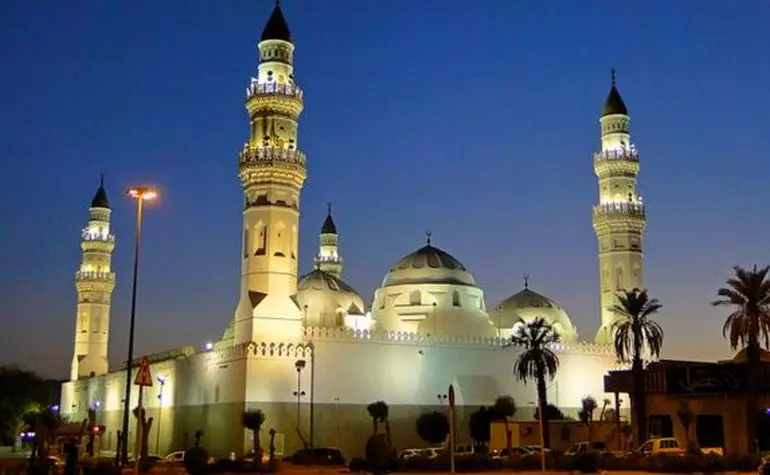
Jamarat refers to the three stone pillars in Mina, near Mecca, Saudi Arabia, where a significant ritual known as “Rami al-Jamarat” takes place during the annual Hajj pilgrimage. The pillars symbolize Satan, and the ritual involves pilgrims throwing stones at these pillars as a symbolic act of rejecting evil temptations. Key points about Jamarat and the Rami al-Jamarat ritual: Location: The Jamarat are situated in Mina, a few kilometers east of Mecca. Pilgrims visit Mina during the Hajj pilgrimage to perform the Stoning of the Devil ritual. Symbolism: The three pillars represent the locations where Satan is believed to have tempted Prophet Ibrahim (Abraham) as he was on his way to sacrifice his son, Isma’il (Ishmael), in obedience to God’s command. Ibrahim responded to these temptations by throwing stones at Satan, symbolizing his rejection of evil. Rami al-Jamarat: The ritual of Stoning of the Devil, or Rami al-Jamarat, is performed during the days of Eid al-Adha. Pilgrims throw seven small pebbles at each of the three pillars, making a total of 21 stones. This ritual is a reenactment of Ibrahim’s actions and signifies the pilgrim’s commitment to resisting temptation and adhering to God’s commands. Safety Measures: To manage the large crowds and ensure the safety of pilgrims, the Saudi authorities have implemented various safety measures. This includes constructing multi-level Jamarat facilities and establishing designated time slots for different groups to perform the ritual. Historical and Religious Significance: The Stoning of the Devil ritual holds deep historical and religious significance in Islam. It commemorates Prophet Ibrahim’s steadfastness in the face of temptation and serves as a powerful symbol of the pilgrim’s determination to resist sin and follow the righteous path.

Read More

Read More

Read More

© Copyright 2025 by Umrah Lodges.
Whether you’re seeking a serene solo journey or planning a spiritual family adventure, our packages cater to your unique needs.